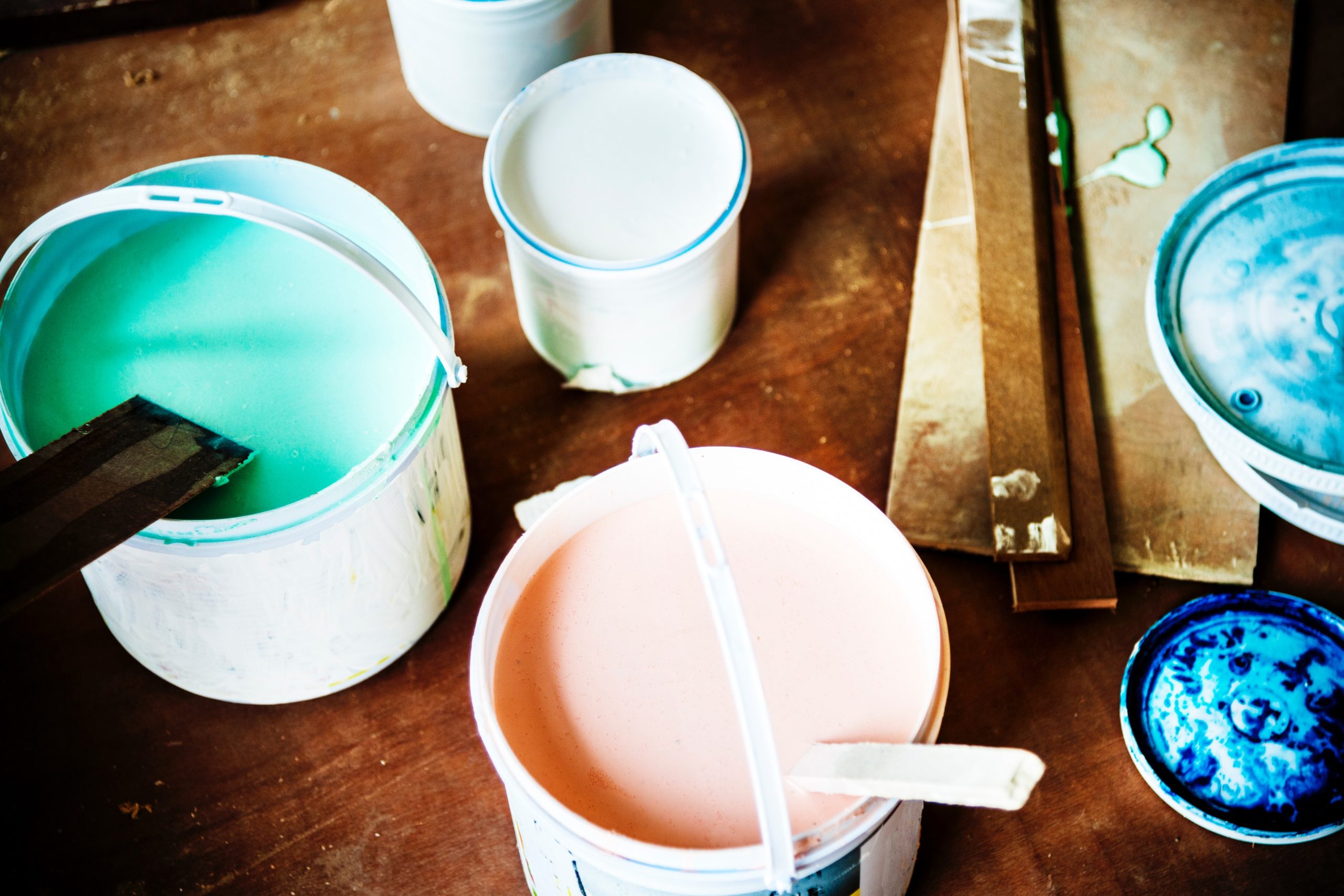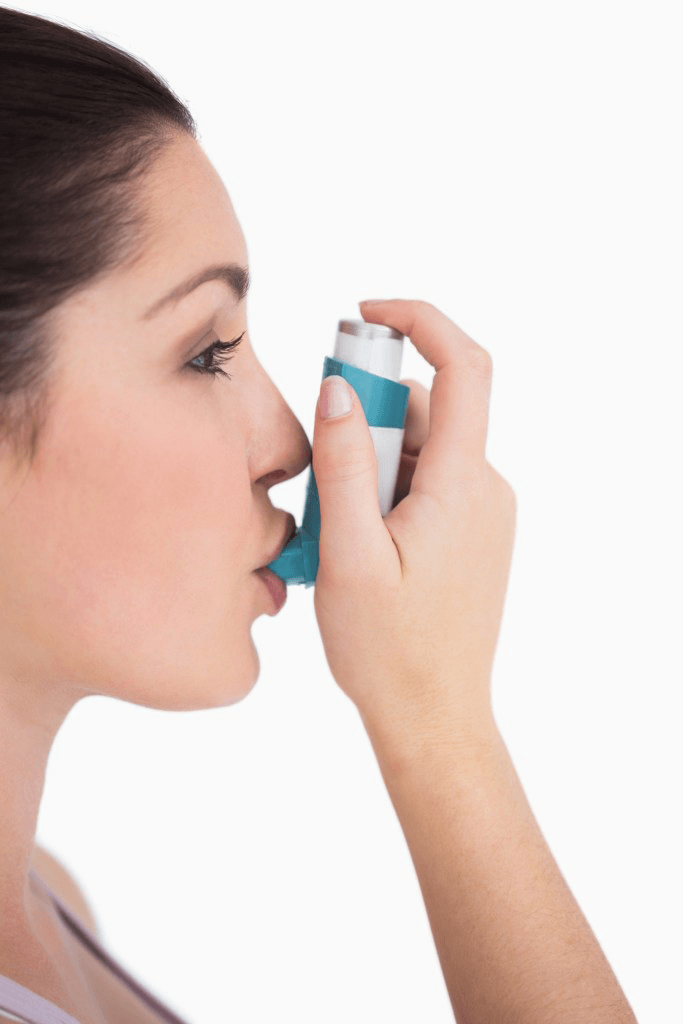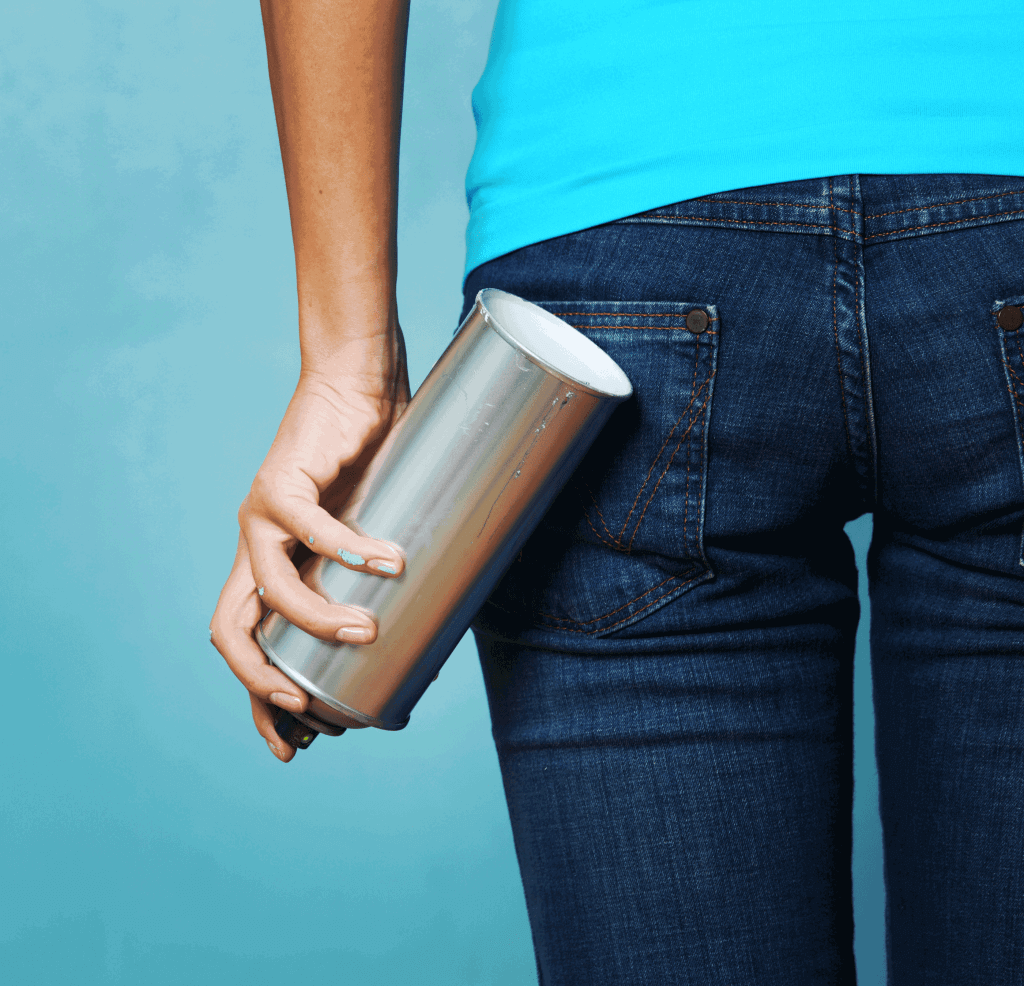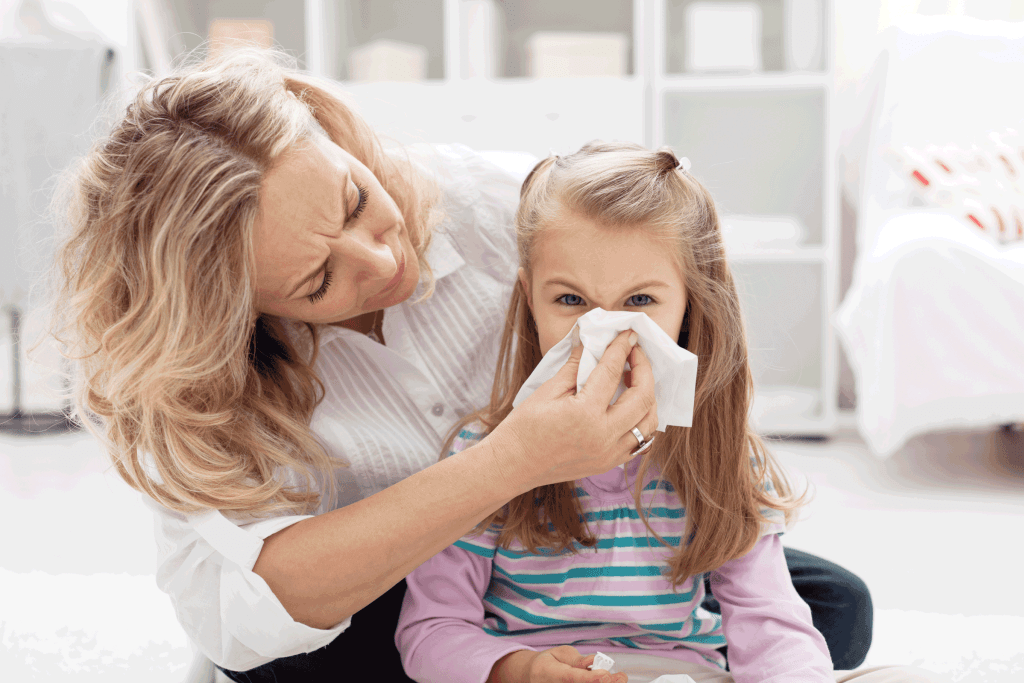As a new parent, there are probably so many things on your to-do list in preparation for your baby’s arrival. That includes prepping up your home. Of course, you want your space to be a safe and comfortable place for your little one.
You should start baby-proofing your home as early as possible. Not only is it inconvenient to make some home upgrades when your baby is already born, but it also compromises his health and safety (think of the noise, dust, debris and smell from construction products like paint).
Thinking of Remodeling?
Remodeling a home can be quite expensive, especially if it involves replacing floors or knocking down walls. You probably have a few home improvement projects in mind right now to meet the needs of your growing family. Below are some more ideas that are worth considering as well. They aren’t as expensive as you think they are, and often, a small percentage of your personal savings or a cash advance online can be a solution for you.
Ready? Check these out:
7 Baby-Proof Remodeling Tips
Secure all furniture
One of the most important things you should not forget when baby-proofing your home is to secure all your furniture. Once your baby starts to crawl and learn how to walk, he will definitely be exploring your house as if he has never seen it before. Toddlers love to reach for items and they do it without fear of a huge cabinet tipping over them!
Make sure to secure all your furniture (especially bigger ones) such as desks, chairs, shelves, tables, and cabinets. Wall cabinets may be secured on the wall using screws while desks and chairs can be made more stable with restraints or anchors attached to them. Use at least two restraints for each furniture.

Child-proof all things electric
Your ever-curious child will surely try sticking objects into electrical outlets, biting cords of your appliances, touching power lines, or pulling a plug by its cord.
The National Electric Code requires all new electrical installations to have tamper-resistant outlets. These outlets have spring-loaded shutters that close off the openings when not in use.
If you still have the traditional outlets in your home, you should replace them with these ones. Have all electrical cords run around the perimeter of your walls, not under rugs or baseboards (they may overheat and are tripping hazards).
Consider making alterations to your home to eliminate the use of excessive cords. All these things must be done by a certified electrician.
Consider repainting your home
If you currently live in an old house and hasn’t repainted it yet, now’s the best time do so. Your existing paint could be containing lead and other toxic chemicals that have been taken off the market for the past years because of their potential health risks.
Another thing, paint cracks over time and without you knowing, your toddler can pick up some paint chips and ingest them (which could be very dangerous).
It is best to use paints that are low in VOCs or even better, “Zero VOC.” Brands like Behr, Benjamin Moore, Sherwin Williams, and AFM Safecoat all offer paints that are zero VOC.
Don’t forget the kitchen
The kitchen can be the most dangerous place of the house for your little one (but also the most fun because there are so many items to reach and touch). If you’re thinking about remodeling your kitchen, consider incorporating some child safety upgrades like appliance locks, counter corner guards, covers over stove or oven knobs, cabinet safety latches, and the like. Small appliances should be out of children’s reach and the floor should be easy to clean and disinfect.
Switch to cordless blinds
According to the U.S. Consumer Product Safety Commission, nearly one child dies due to strangulation caused by window covering cords. They recommend switching to cordless blinds. Yes, it’s a little more expensive but it definitely ensures your child’s safety. If it’s not practical to change all your traditional window covers at once, consider changing one at a time, starting with the room or area your child spends the most playtime with.
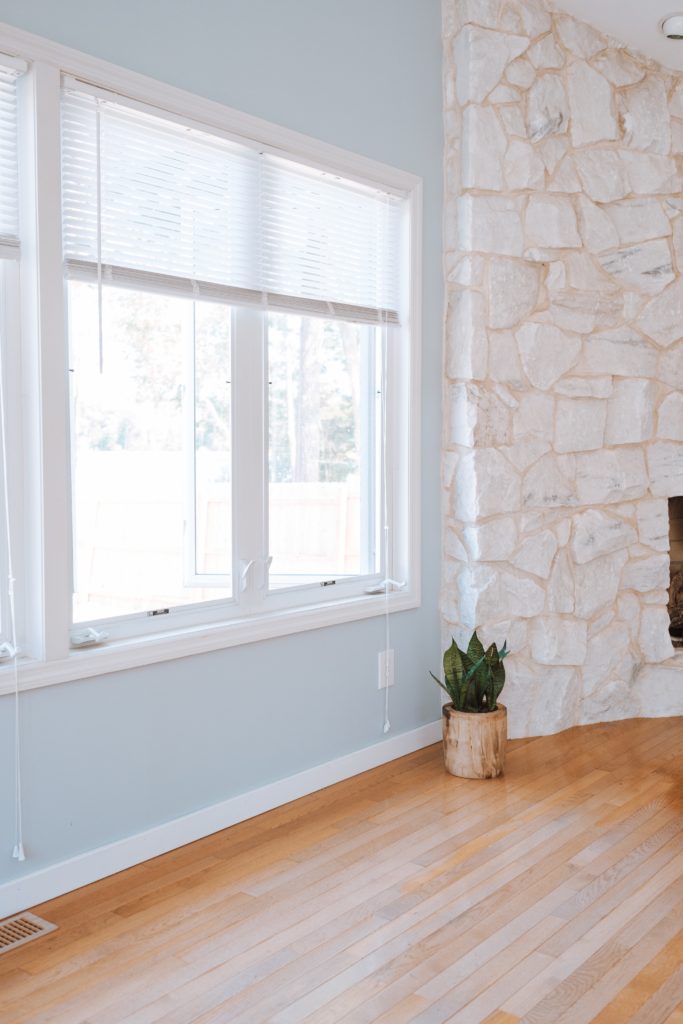
Repair broken or uneven floors
It may be less of a concern to you but for your baby, broken or uneven floors could spell disaster. Do a thorough inspection of your home flooring and have broken floorboards or chipped tiles repaired. Also, have your carpets cleaned. There could be mold lurking underneath that can greatly harm your child.
Child-proof the bathroom too
Like in the kitchen, consider making safety upgrades in your bathroom too. Install safety latches on cabinets. If your bathroom floors are very slippery when wet, replace them. If your bathtub is old, update it. Your baby needs a clean place to bathe. Check for mold in the sink, around the shower, in your tile grout, and walls and have them removed and cleaned.
Just like most first-time parents, you must be very excited to see your little bundle of joy. Your home is your baby’s new world where he will have most of his “firsts”. Having these necessary upgrades in advance will ensure that as he grows, your baby will have a safe and secure place to explore the world.
Guest Post Contribution
Lidia Staron has been working as a writer, editor and literary coach for 5 years. She contributes articles about the role of finance in the strategic planning and decision-making process. You can find really professional insights in her writings.

